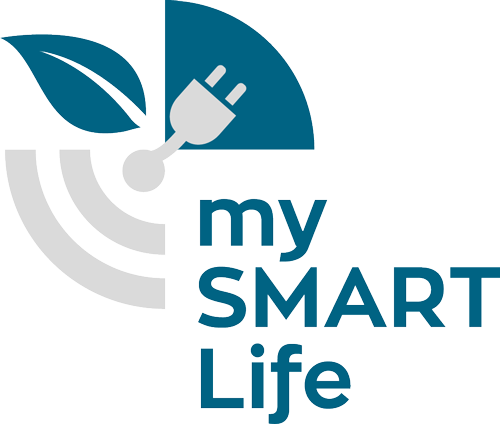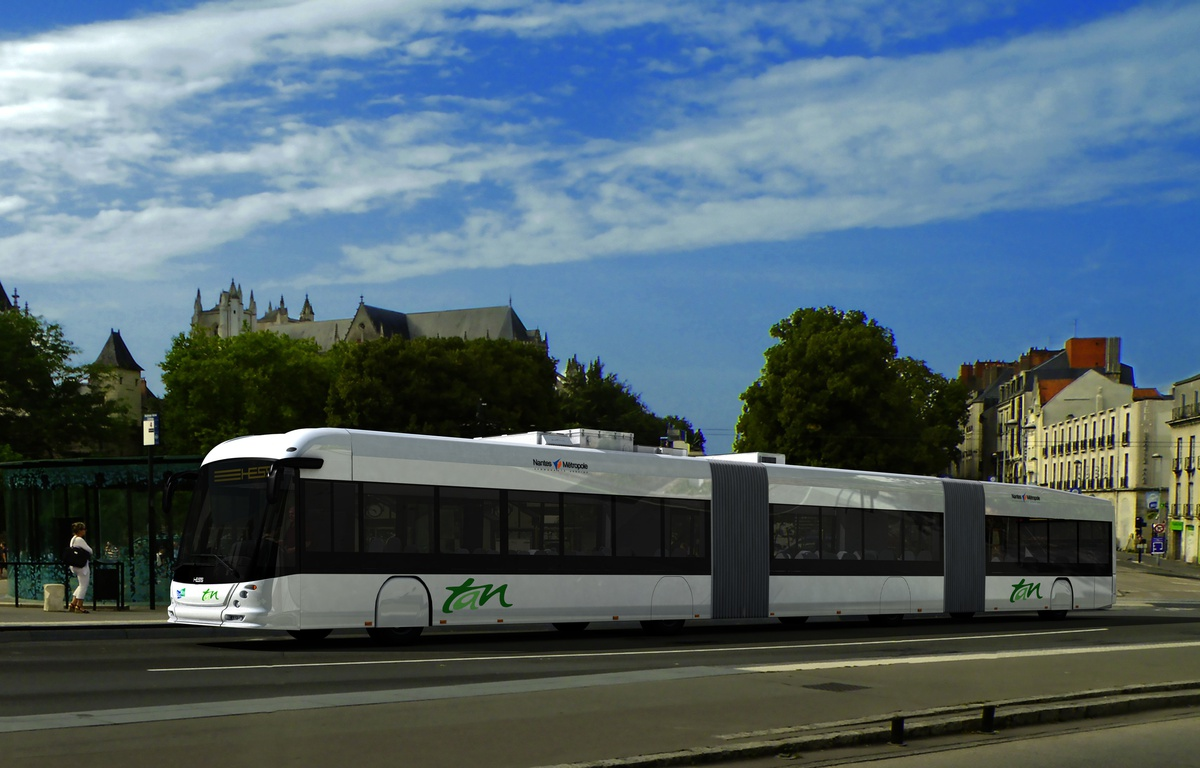Mobility – the Challenge of today’s cities
Today, 55% of the world’s population lives in urban areas, a proportion that is expected to increase to 68% by 2050. Projections show that urbanisation, the gradual shift in residence of the human population from rural to urban areas, combined with the overall growth of the world’s population could add another 2.5 billion people to urban areas by 2050 according to an UN Report dated May 2018.
With expanding cities, mobility becomes a challenge that affects the environment, our quality of live as well as our health. In mySMARTLife, various mobility actions are being tested and implemented such as driverless buses, free charging points for electric bicycles, XXL buses and converting a traditional local bus depot to allow successive installation of charging infrastructure up to a fully electrified depot by 2030.
Nantes: Big Buses are a big ambition
An emblematic action in the mySMARTLife project is the replacement of the current Busway line (BHLS) fleet with 22 fully electric buses by the end of 2019. This action will take place on a heavily frequented bus rapid transit line which has reached its limits (43 000 passengers/day) with high frequency (one bus every 2,5 minutes at peak hours). Analysis will be done on the impact of a large capacity electric bus (24 m, 150 passengers, up to 55 000 passengers/day) on the grid and on the reduction of energy use, noise and pollutants.
Twelve charging stations will be installed for the e-buses, as strong impact is expected on the grid. To alleviate it, charging stations located at certain stops along the line and at the bus terminus will allow energy transfer from the electrical network to the batteries of the vehicles. The energy transfer between the vehicle and the charging stations is carried out by an articulated arm located on the roof of the bus with a smart energy management system of "opportunity charging" (called TOSA). The bus equipped with the system recharges quickly on the passenger exchange time at a bus station (2 seconds for connection, about 20 seconds for charging) and at the terminus (a few minutes) with a power of 600 Kva.
You can find more information on Nantes’ mobility activities here.
Hamburg: Bergedorf goes electric
Public transport is to be playing an important role in Bergedorf’s modal split, thus it needs to be further developed in a sustainable manner. The bus lines serve the central part of the high-performance district. Five 12-meter and other five 18-meter articulated buses will be deployed in Hamburg-Bergedorf. With the aim to equip the bus depot of the public transportation company VHH with charging infrastructure for 10 e-buses, major changes to the main power supply became necessary. Concerning future developments, the local depot grid will be re-dimensioned completely to allow successive installation of charging infrastructure up to a fully electrified depot by 2030.
Find out more on Hamburg’s mobility activities here.
Helsinki: Get on board the Robobus
The automated electric minibus, with passenger capacity of up to eight seats, produces no emissions and no noise. The "robobus" operates on low speed (approximately 20km/h) and on open public streets amongst other vehicles. The robobus has been given a line number on its current route in Helsinki providing an urban mobility use case that substantially contributes to life quality and modal shift away from private cars. It complements the network of Helsinki’s metropolitan public transit authority Helsinki Region Transport (HSL) and has been incorporated to the mobility journey planner (Reittiopas). The automated bus operates on its predetermined specific route as a long running trial with the possibility of having a route in different location later during mySMARTLife. Weather conditions set restrictions to all-year-round operation so this year, the bus was operated from May till October. An operator is always on board monitoring the operation of the bus. Learn more about the Robobus here.
The Robobus is not the only mobility initiative in Helsinki – as part of mySMARTLife, project partner Helen is providing a free charging station for electric cyclists on the Katajanokka waterfront in Helsinki. The e-bike charging station is the first of its kind in Finland and utilises solar panels and an electricity storage unit as power sources. The charging station obtains power from the four solar panels on its roof. Any excess electricity is stored in a battery, from which it is available for charging bikes on days when there is no sunshine. On a sunny summer's day, the panels generate 4.24 kWh in energy. The battery capacity of a good e-bike is about 0.3–0.4 kWh, meaning production of up to 14 charges per day. The capacity of the batteries in the electricity storage unit is 3.12 kWh, so that a battery lasts about 7-10 charges.
Preparations to introduce a shared high-power charging station for electric trucks, garbage collection vehicles and municipal work machine fleet’s use are currently ongoing. The goal is to open the charging station during spring 2019. The shared charging point is utilising an existing electric bus charger, where an additional manual cable connection, capable of 300 kW charging power, is added. A standard CCS manual plug ensures that a large variety of different heavy-duty electric vehicles can be charged with the shared charging station.
For more information on Helsinki’s mobility innovations, click here and here for more information on the free charging station.
Some examples of E-mobility measures from our Lighthouse Cities:




